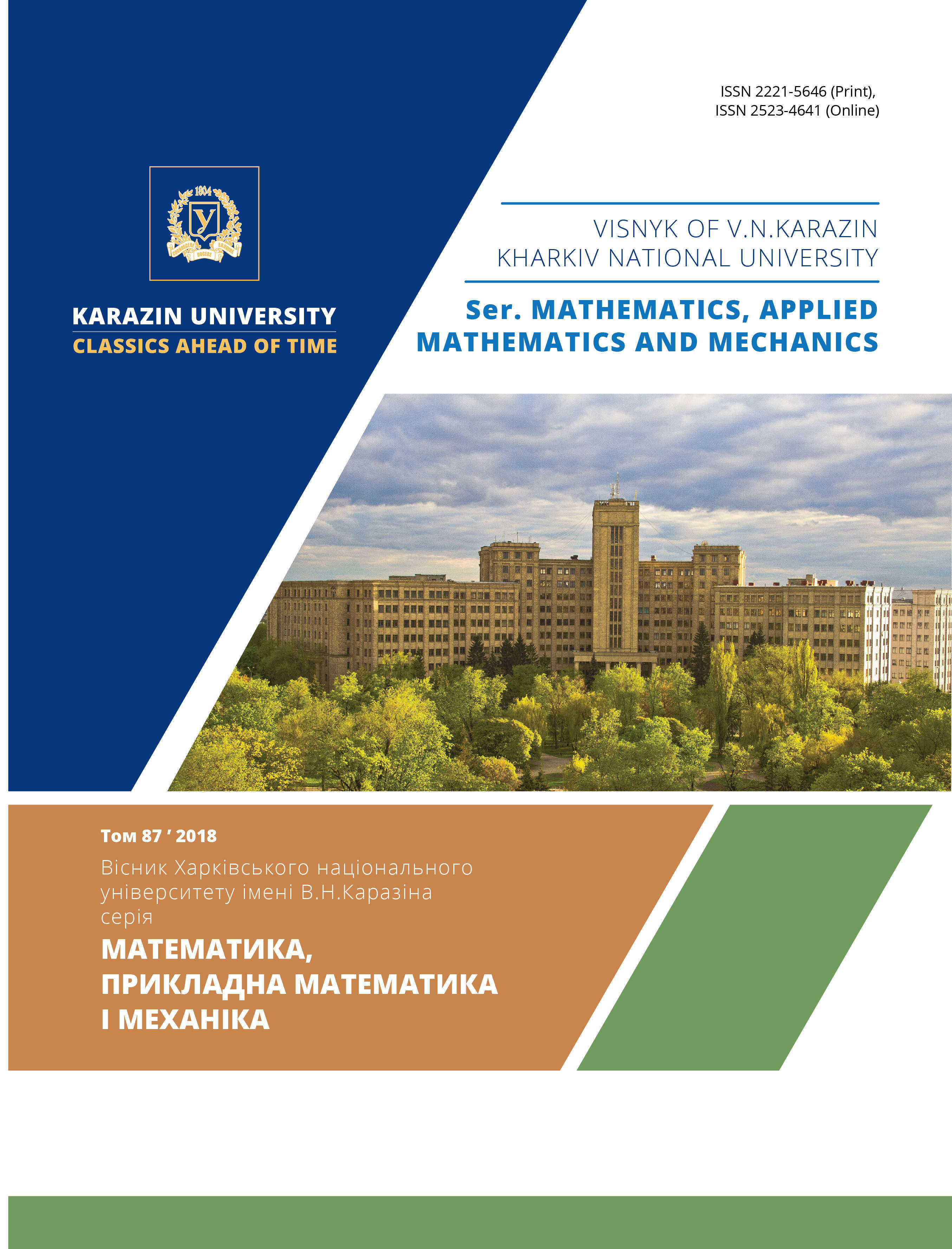Influence of the temperature state on the damageability due to the creep of claddings of cylindrical fuel elements
Abstract
This paper deals with the deformation and damageability of the fuel cladding of nuclear reactors, taking into account the creep and the temperature fields across the thickness. Mathematical models and quantitative estimates for durability of the fuel cladding, obtaining using computer simulations, are presented.
Downloads
References
R.E. Masterson. Nuclear engineering fundamentals. A practical perspective, CRC Press, 2017. - 961 p.
Brian R.T. Frost. Nuclear fuel elements. Design, fabrication and performance, Pergamon Press, 1982. - 284 p.
B.M. Ma. Nuclear reactor materials and applications, Van Nostrand Reinhold Co., 1983. - 610 p.
T. Yokobori. An interdisciplinary approach to fracture and strength of solids, Wolters-Noordho Scientic Publications LTD, 1968. - 323 p.
J.R. Barber. Elasticity, Kluwer Academic Publishers, 2004. - 410 p.
J. Betten. Creep mechanics, Springer-Verlag, 2008. - 367 p.
N.M. Ozisik. Heat conduction, John Wiley & Sons, Inc., 1993. - 692 p.
J.Lemaitre, R. Desmorat. Engineering damage mechanics. Ductile, creep, fatigue and brittle failures, Springer, 2005. - 394 p.
G.A. Korn, T.M. Korn. Mathematical handbook for scientists and engineers, McGraw-Hill Book Company, Inc., 1961. - 943 p.
Norms for calculating the strength of elements of equipment and pipelines of nuclear power plants, Moscow, 1989, 525 p. (in Russian)
A.J. McEvily. Metals failures: mechanisms, analysis, prevention, John Wiley & Sons, Inc., 2002. - 324 p.
C. A. J. Fletcher. Computational techniques for fluid dynamics. 1 Fundamental and general techniques, Springer-Verlag, 1988, 1991. - 404 p.
J.D. Hoffman, S. Frankel. Numerical Methods for Engineers and Scientists, Marcel Dekker, Inc., 2001. - 825 p.
O.K. Morachkovskii, Yu.V. Romashov. Solving initial-boundary-value creep problems, International Applied Mechanics. - 2009. - vol. 45, No 10. - P. 1061-1070.

This work is licensed under a Creative Commons Attribution-NonCommercial-NoDerivatives 4.0 International License.
The copyright holder is the author.
Authors who publish with this journal agree to the following terms:
1. Authors retain copyright and grant the journal right of first publication with the work simultaneously licensed under a Creative Commons Attribution License that allows others to share the work with an acknowledgement of the work's authorship and initial publication in this journal. (Attribution-Noncommercial-No Derivative Works licence).
2. Authors are able to enter into separate, additional contractual arrangements for the non-exclusive distribution of the journal's published version of the work (e.g., post it to an institutional repository or publish it in a book), with an acknowledgement of its initial publication in this journal.
3. Authors are permitted and encouraged to post their work online (e.g., in institutional repositories or on their website) prior to and during the submission process, as it can lead to productive exchanges, as well as earlier and greater citation of published work (see The Effect of Open Access).




